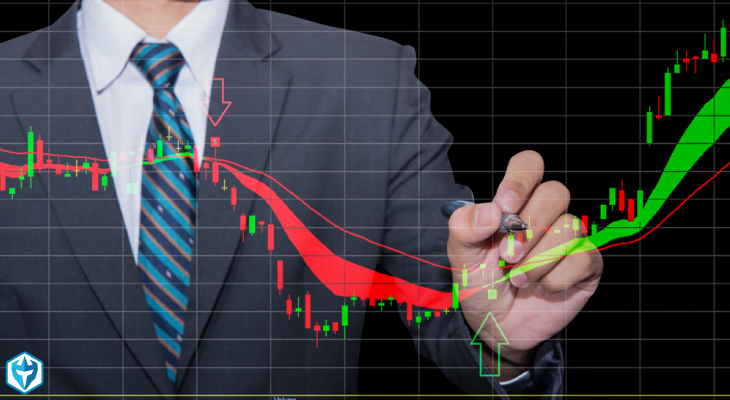
Technical analysis is a tool that traders use to evaluate investments and identify trading opportunities by analyzing statistical trends gathered from trading activity, such as price movement and volume. When applied to futures markets, technical analysis can be used to identify market trends, time entry, and exit points, and to determine the overall direction of the market. There are many different technical indicators that traders can use to help them make informed trading decisions. Some popular indicators include moving averages, Bollinger Bands®, MACD, RSI, and stochastics.
Understand the Different Chart Patterns and How to Interpret Them.
There are many different chart patterns that traders can use to identify potential trading opportunities. Some common chart patterns include bullish or bearish reversals, head and shoulders, cup and handle, triangles, flags, and pennants. Each chart pattern provides valuable information that can be used to make informed trading decisions.
Some chart patterns are more reliable than others and some are better suited for certain markets or timeframes. It is important for traders to understand how to interpret different chart patterns so that they can make the most informed trading decisions possible.
Develop a Trading Plan and Set Goals.
A trading plan is like a roadmap that will help you make consistent and profitable trades. It should be detailed and specific, outlining your trading goals, strategies, risk management techniques, and more. Without a trading plan, it is easy to get caught up in the emotions of trading and make impulsive decisions that can lead to losses.
Creating a trading plan doesn’t have to be complicated. Here are a few things to keep in mind:
- Define your goals: What do you want to achieve with your trading? Are you looking to generate income or grow your capital? How much risk are you willing to take on? Answering these questions will help you develop realistic goals for your trading brokerage app.
- Choose your strategies: There are many different ways to trade the markets successfully. Do some research and find the strategies that fit your personality and risk tolerance. Some common approaches include day trading, swing trading, trend following, position trading, scalping, etc.
- Develop risk management rules: No matter how good your trading strategy is, there will always be losing trades. That’s why it’s important to have strict rules in place for managing your risks. For example, you might decide to only risk 1% of your account per trade or set a stop-loss order at a certain percentage below your entry price. By having these rules in place before you start trading, you can avoid making emotional decisions that can lead to big losses.
- Backtest your strategy: Once you have developed a trading strategy, it’s important to test it out before using it with real money. You can do this by paper trading or using a demo account with a broker that offers simulated trading conditions that closely resemble the real markets. This will allow you to see if your strategy is viable and adjust it as needed before putting any real money at risk.
- Stick to your plan: Once you have created and tested a winning strategy, it’s important to stick with it even when things are going against you in the short term. Emotions can quickly lead traders astray from their plans, but if you stick with your system through the tough times, you will likely come out ahead in the long run.
Set Goals for Your Trading and Learn How to Achieve Them.
In order to be successful in trading, it’s important to set specific goals and have a plan for how to achieve them. Without these, it’s easy to get off track and make impulsive decisions that can lead to losses.
Some things to keep in mind when setting goals:
- Be specific: Vague goals are more difficult to achieve than specific ones. For example, a goal like “make more money” is not as actionable as “make $500 per week.”
- Make them realistic: If your goals are too ambitious, you’re likely to get discouraged and give up before you reach them. It’s important to set achievable targets that will challenge you but are still within the realm of possibility.
- Set a time frame: Giving yourself a deadline will help you stay on track and motivated to reach your goal. For example, if your goal is to make $500 per week, you might set a timeframe of 3 months or 6 months. This will give you something to aim for and help you measure your progress along the way.
- Write them down: Having your goals written down will help you stay focused on what you need to do in order to achieve them. Place your list somewhere where you can see it every day so that it stays top of mind.
Conclusion
The bottom line is that trading effectively requires a solid understanding of the basics, different strategies to maximize profits, and how to manage risks. In addition, it’s also important to have a firm grasp of technical analysis and chart reading skills. Finally, developing a trading plan and setting goals is crucial for success. With the new Trade App, you can learn all of this and more. So what are you waiting for? Start trading like a pro today!






